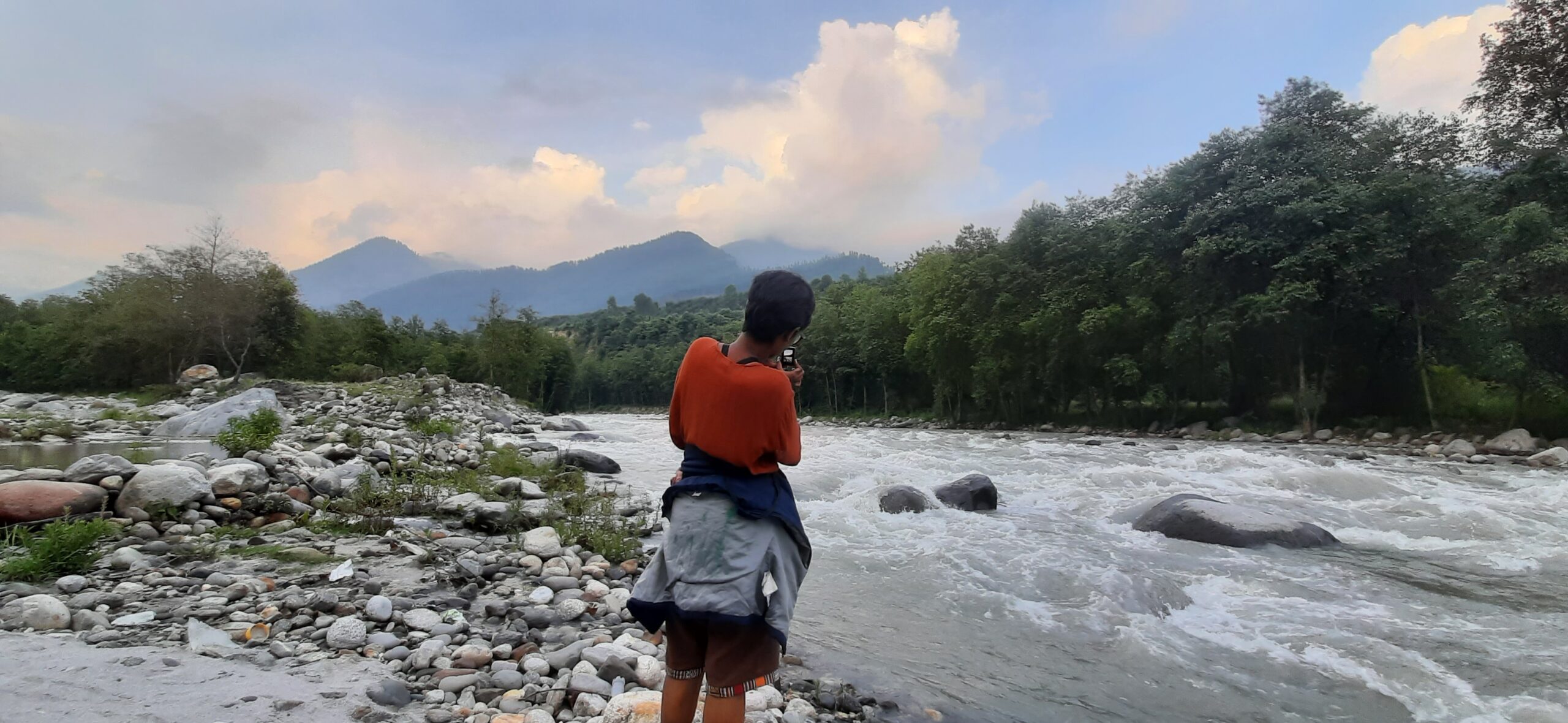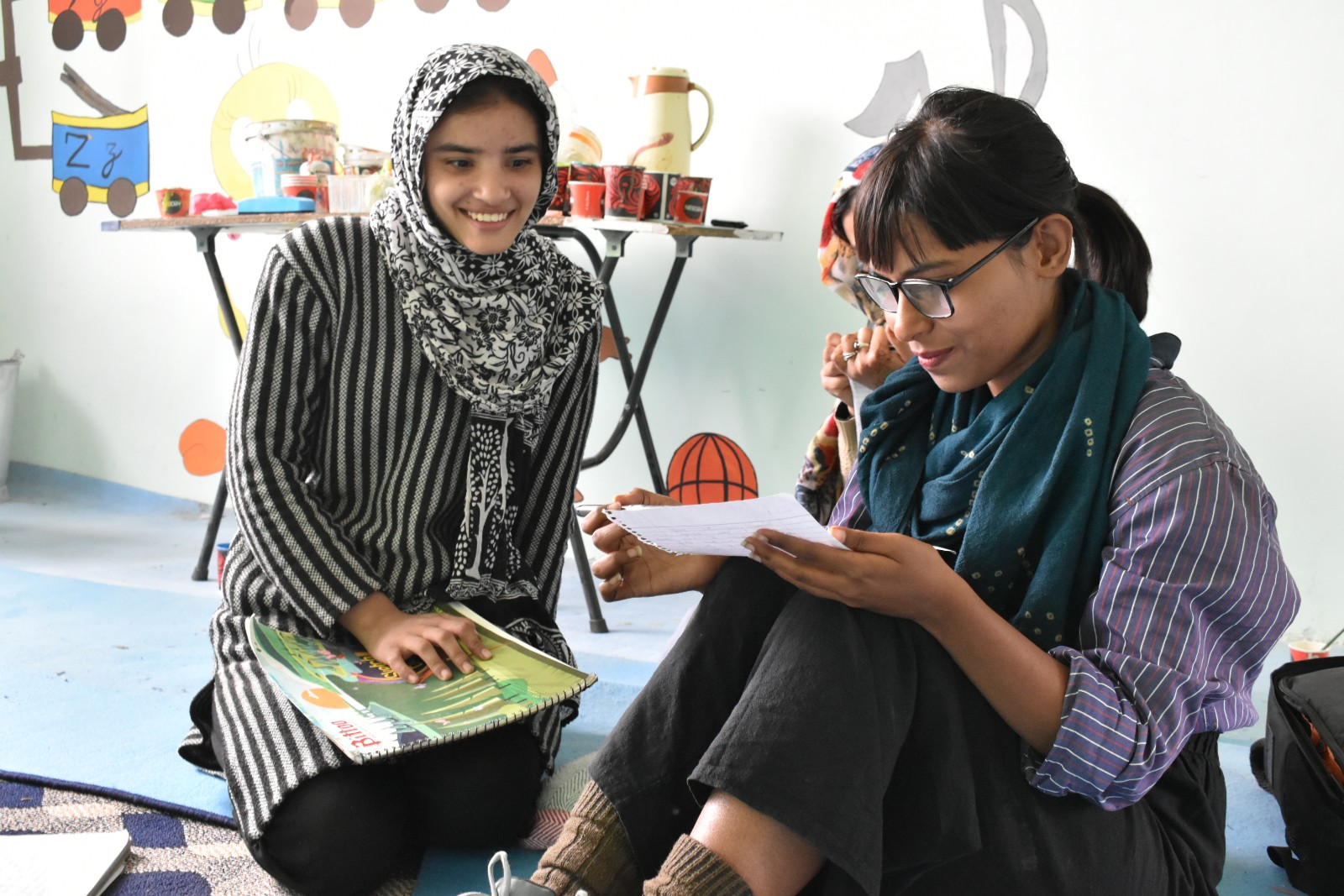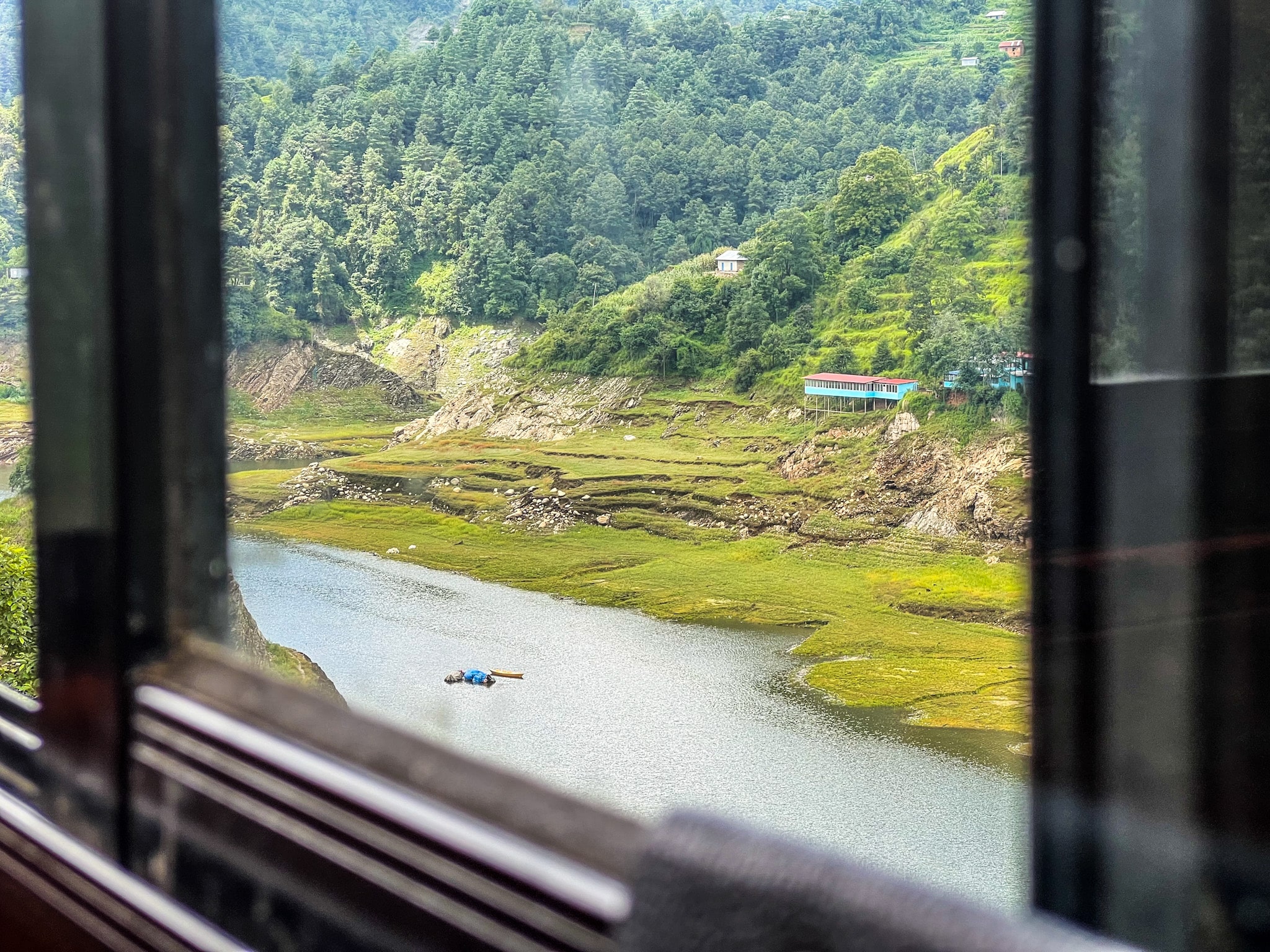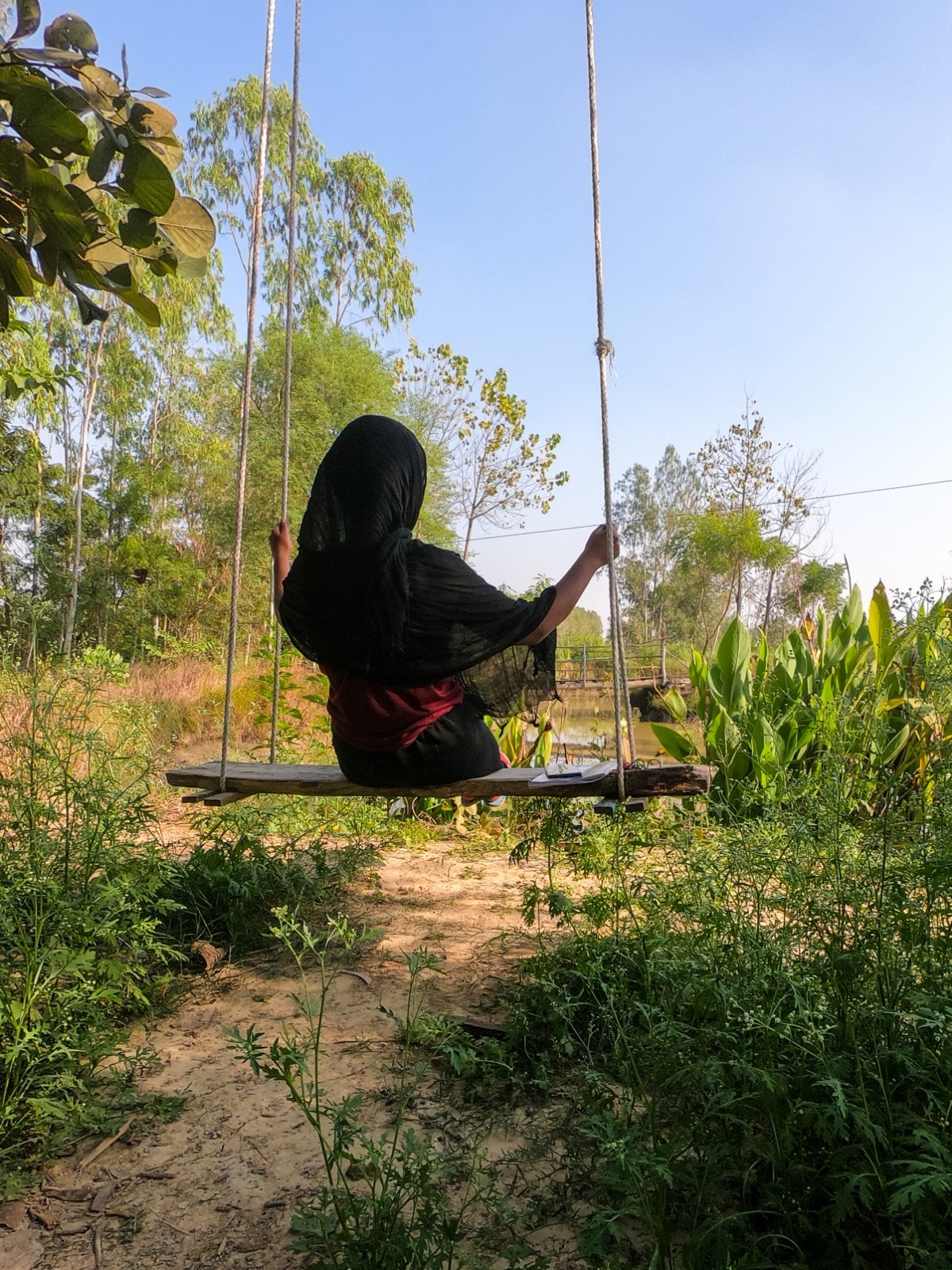Overtourism in Himachal – Are You A Responsible Tourist?
Himachal, you disappointed me, or did you? Or was it the forced subculture of Manali? Let’s take a look at overtourism in Himachal.
Overtourism in Himachal – Manali and Shimla

Shimla and Manali – two of the most heard-of tourist destinations that push the city-crowd to find subterfuge on the lap of the Himalayas. Whether or not people have tasted the sweet sensation of their immediate surroundings or the close-by hidden treasures, or the lip-smacking local cuisine, they must have been to Shimla or Manali numerous times down the road. And that road has no sidewalk, no safe crossing or a signboard, that is to say, no age bar, or barrier could prevent the corporate junkies (or otherwise) from engaging in leisurely travel pursuits in Himachal Pradesh. The existence of a section of this crowd is largely proportional to the grave importance of having a Mall Road in every resort town. Where would the crowd go without a Mall Road? What possibly can be achieved by emitting in the green landscape and admiring the neo-Gothic architecture of Shimla if there’s no Mall Road? What’s the point of coming all the way from Delhi, Mumbai, and Bangalore, just to not masquerade the same tone of life?
Hold on, can you blame them? Can you blame a family for taking the time out for the asymptomatic pleasures they are so used to? There’s absolutely nothing wrong with it, but why travel miles to indulge in LSD in the nightclubs of Manali, especially when all the major cities are offering you the same pinch? Oh yeah, you can get it better in Manali, and cheaper.
Two contemporary aspects contextually vamp up in this quintessential overhype – the sudden relaxation of COVID guidelines that ignited the burning fire and the agony of keeping it repressed under the table for over a year now, being cooped up in a virtual-real battlefield. And the other thing is the drug-culture in Manali (synonymous with Hippie Culture now, sadly).
Also read – Ways of Chamba – Culture, Wildlife And the People
Breaking the Bars of COVID Restrictions through Overtourism

To address the first aspect a.k.a the flourishing overtourism in Himachal, let me go back in my time-spaceship to the apparently-receding first wave in January. The tale of taking a voyage of a lifetime amid a pandemic, the warm decision of curating a nomadic life for myself, after being sandwiched within the solitude of the refinement of an apartment for ten months. The lockdown, however tedious and unfurnished it was, changed the dynamics of my life. If it weren’t for this cringey, and clingy lockdown, I wouldn’t have dipped my toes in travelling and the open-and-close ends of the road. The lockdown gave me, and millions of others, a void. A pitch-black void that is being invaded by dim light now, from each individual’s end, by crowding up the vapoured-and-crowded places, which, assorted together, have cultivated a revenge against nature. The nature that was morphing into its habitat, in turn, morphed further into a victim of low-quality tourism.
What do the tourists do? They come with a fixed itinerary (which is totally cool), they eat the familiar food they have in abundance in their respective cities, and of course, litter their surroundings with ever-increasing consumption habits. I see small kids throwing away chips packets and their elders acting totally oblivious to it. I see elders throwing away chips packets and kids learning from it. And down the line, 95% of places I have volunteered in all over India, they burn plastic packets as an effusive means of upcycling and proclaim to be the pillar of eco-friendly, eco-sustainable responsible pseudo-tourism. The quality of tourism is flowing towards the same quality of the stream, both unmindful of the genesis of the stream.

The same question arose in me in Shimla, again in Kasol, again in Manali, again in Vashisht (which a few years down the line would sell itself as the new Old Manali): Why come to the mountains to taste the same cuisines you can get in populous cities? Is there any value in having Pizza and Pasta in the mountains? Why is the Domino’s in Shimla so abysmally crowded when Himachali Rasoi, one of the few authentic local cuisine chains is visited by a handful of people? Why hotels when there’re homestays that help in restoring the local livelihoods? Why Manali and Shimla when we have Naggar and Narkanda? Why German Bakery (don’t get me wrong, I love German Bakery) when there’s a Homemade Bakery right opposite Naggar Castle, where the local owner himself bakes the most delicious egg-less chocolate cake! There’s another one right beside it that sells local energy bars. A man who came from a foreign land 12 years back and now wallowed in the local culture bakes, again, the extraordinary chocolate and mango cakes. My initial and the last and pretty much in-between reactions held onto the constant ground of questioning: Why do you even want drugs when you can have homemade chocolate cake?
The drug culture in Manali has lowered any bar I had a hard time setting for itself. My first brush against Manali was under unusual circumstances. Unusual in the sense that I kind of reclined towards a refuge in Manali after 2-3 days of consistent travelling.
Also read – Dalhousie with its Hailstorms And Dainkund Peak
Solo Camping Around Himachal – Me and My Tent

For a couple of days, I had been on the run. The scorching heat and overtourism in Himachal made me unsettled, as unsettling as my constant urge to be on the road was.
It was a new streak for someone who travels like a local – taking in the surroundings and living in a place for days. That’s the way it is and should be, for me. But I also wanted to be on the road, boarding a bus and pitching my tent in the middle of nowhere, and practically do nothing else.
Taking the bus from Shimla to Dadour, a village in Mandi district (I initially wanted to go to Baggi Village, the base of Prashar Lake Trek, then decided against it), from Dadour to Mandi, from Mandi to Kullu, from Kullu to Kasol, from Kasol to Manali – that’s what I had been doing for the last 2-3 days. Getting in and getting out.
The first night I pitched my tent on the roadside in the temple premises in Dadour was the marking of my first solo camping. The temple folks welcomed me with open hands with delicious dinner and breakfast the next morning.
The next night I had to pay Rs. 300 to a campsite in Kasol just to pitch my own tent alongside the Beas River.
And in between these days, the sheer flux of diversities in people and their approach towards me rejuvenated the curious traveller in me, but also made me realize it’s time to slow down and go back to my usual self.
The frenzy I thought would last for a month ended in two days. And another frenzy began in Manali.
Also read – A Tiny Space in An Ever-Growing Tourism in McLeodganj
Couchsurfing in Manali – The Good And The Bad

That’s how Manali happened to me, in pursuit of a cool surrounding and a Himachal I so heard of but couldn’t find anywhere. I reached Manali in the evening with no clue where to crash. Strained to the tip of every bone in my body, I decided to avail myself of the cheapest room I could find in the notorious ‘Mall Road’; the Mall Road I dread more than spiders and cockroaches (over time I got over the fear of insects, particularly after I had to poop at a tent hostel in Rumsu Village with two bugs staring at me like lovesick brides the whole time, but I never got over the unconditioned fear I accumulated of Mall Roads).
Crowd, crowd, and crowd. Selfies, pre-Instagram reels, family vacations – I did not expect anything marginally less. You can’t go to Mall Road and secretly pine for sundown-calmness. As nature had it preserved for me, the next two Couchsurfing days went by living in a traditional Himachali house styled in the ‘Kathkuni’ form of architecture. Priyanka and Rishi, and their three kittens; my hosts 15-minute up Old Manali, shared their first floor with me. The house had the embroidery of freshly-skewed boulders and rock band posters with the raw maneuver of the Himachali flair aptly-absent from the Manali culture down. Bears borrow berries from the trees and Pir Panjal Peaks light up from a distance. So far, so good.
My next Couchsurfing lured me to the kernel of Old Manali, at a backpackers’ hostel, and there, brushed against me the Manali nightlife and the toxic substance the drug culture has moulded it into, grabbing it by its throat, one ‘tola‘ at a time.
Also read – The Hidden Villages in Parvati Valley – Rasol And Stona
Overtourism & the Drug Culture in Manali

Kasol and the immediate villages do grow Malana Cream. There’s a natural source of Magic Mushroom as well. All things considered, it quite justifies the streak of toxic culture that engulfed these specific parts of Himachal. Or, does it? Hear me out here. The owner, the staff, and the inhabitants of the hostel (and the subsequent hostels) are addicts who themselves think they should be in rehab by now. At 7 in the evening, dolled up in fancy clothes, they hit the clubs with the excitement of ‘Let’s do drugs!’ and head back at around noon, to have a grave discussion on the happenings of last night, only to dress up (and drug up) again at 7 pm. And that’s every day, mind you, for years on a notorious end.
I will circle back to the question: is there any specific and synthetic difference between getting high in the plains and in the mountains? Why come to nature for blowing off steam, and literally blow off ‘steam’?
Are You A Responsible Tourist? Think About It!
The art of being a low-grade tourist correlates, to a valid extension and beyond, with your intermediate surroundings. The healthy footsteps you live behind would reiterate in nature for decades; footsteps that feel light on your tummy take heavy tolls on the longevity of nature. Being a responsible tourist can save your favourite holiday destination Manali from decay and rust. Instead of cafe-hopping in Himachal (as fun as it is), if you prefer local eateries run by local Tibetan families in Manali, you would contribute to the flow of the right venture for authentic food. There’s a tiny Dhaba ‘Maa Hirimba Dhaba’ handled for generations by a local Tibetan family. The children serve food while mindfully finishing their homework, and helping out with the dhaba chores. Paneer Thupka did stand out there.

A local eatery in Vashisht, a village 2 km away from Manali, has the tint of the Tibetan granny whose Japanese hat opened up a rather inbound conversation. Fascinating as the hat was, I couldn’t help but ask where to find such hats. ‘You have to go far away.’ ‘How far?’ ‘As far as Japan. My son works on a farm in Japan. This is a traditional hat for the Japanese population invested in agricultural livelihood’.
See how the stories deport you through alien countries? The cultural diversities that flow down from the narrator to the receptor, that too over a hat, is virtual travelling, in modern terms.
This is travelling, a toxic-free responsibility-driven time capsule.
For further understanding of the subject of overtourism in Himachal, read this insightful article from The Economic Times.
What Extra Considerations Would You Take on Your Next Travel to Himachal?
Follow my solo adventures on YouTube, Instagram and Patreon.




Leave a Reply